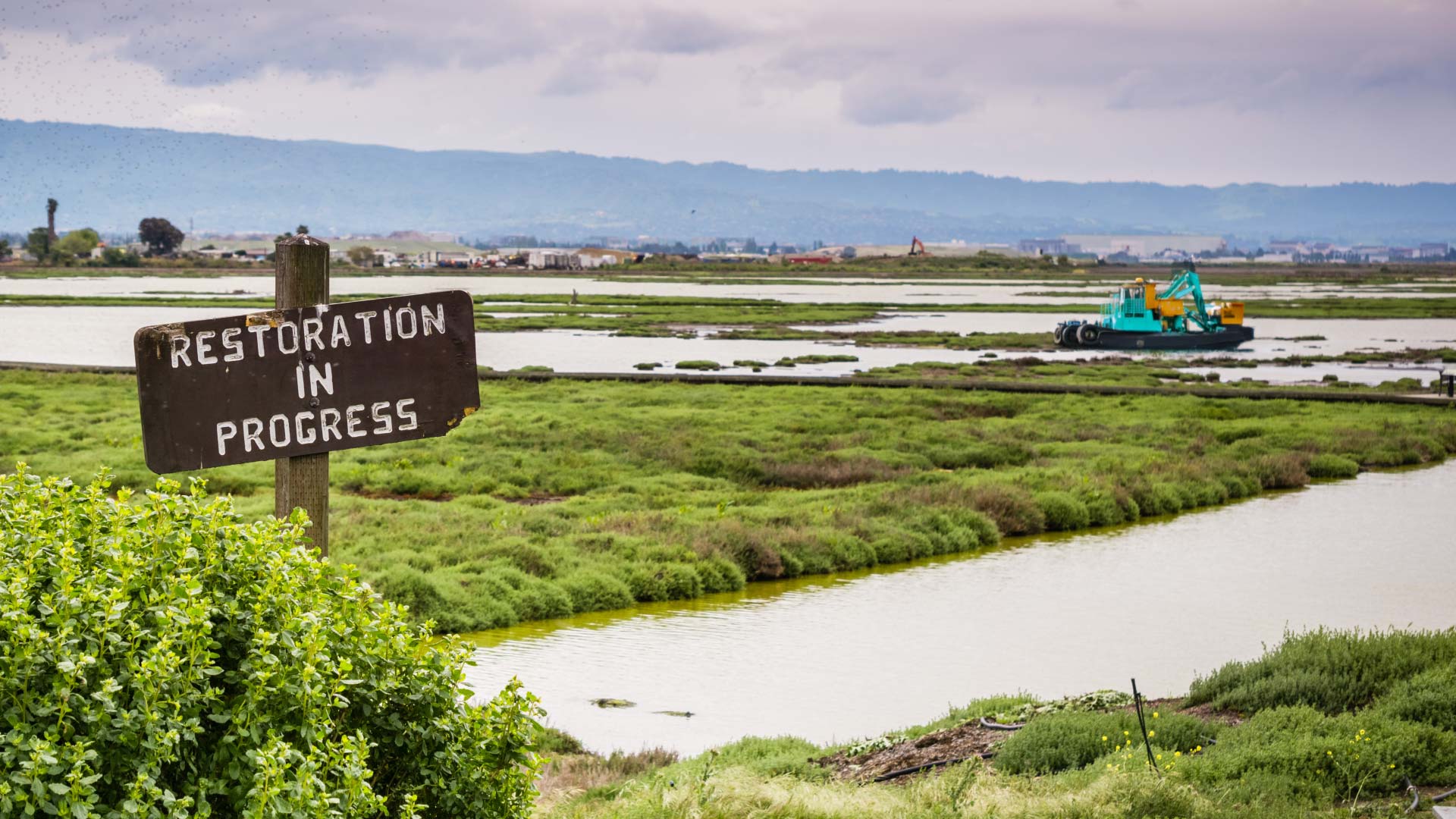- 1. The Importance of Dredging in Navigation and Marshland Restoration
- 2. Environmental Concerns with Traditional Dredging
- 3. What Are Eco-Friendly Dredging Practices?
- 4. Key Eco-Friendly Dredging Techniques
- 5. The Role of Policy and Regulations in Eco-Friendly Dredging
- 6. Case Studies: Successful Eco-Friendly Dredging Projects
- 7. Benefits of Eco-Friendly Dredging Practices
- 8. Challenges and Future Directions
- Conclusion
1. The Importance of Dredging in Navigation and Marshland Restoration
Dredging is an essential process for maintaining the health of waterways and supporting the restoration of marshlands. It involves the removal of sediment and debris from the bottom of rivers, lakes, and other water bodies, ensuring the safe passage of vessels and the revitalization of degraded ecosystems. However, traditional dredging methods often come with significant environmental costs. The shift toward eco-friendly dredging practices addresses these concerns, providing sustainable solutions that balance ecological health with economic needs. This article explores the importance of dredging, environmental challenges, and the innovative techniques driving sustainable operations.
1.1 Enhancing Navigation
Maintaining navigable waterways is crucial for global commerce and recreational activities. Sediment accumulation can obstruct shipping lanes, posing risks to vessels and disrupting economic activity. Regular dredging ensures the smooth operation of ports and waterways, reducing delays and accidents caused by shallow passages.
1.2 Supporting Marshland Restoration
Beyond navigation, dredging plays a vital role in ecological restoration. Eroded marshlands, often damaged by storms or human activities, can be rebuilt using dredged sediment. These restored habitats support biodiversity, improve water quality, and act as natural flood barriers, protecting coastal communities from rising sea levels and extreme weather events.
2. Environmental Concerns with Traditional Dredging
Conventional dredging practices, while effective, can have detrimental effects on the environment. The disruption of aquatic habitats and ecosystems is a major concern, as dredging disturbs the natural balance of riverbeds and seabeds. Sediment plumes released during the process can carry contaminants, degrading water quality and harming marine life. Additionally, the carbon footprint of traditional dredging equipment, powered by fossil fuels, contributes to greenhouse gas emissions, exacerbating climate change.
3. What Are Eco-Friendly Dredging Practices?
Eco-friendly dredging focuses on minimizing environmental harm while achieving project goals. These practices emphasize sustainability through innovative technologies and adaptive strategies. Key principles include:
- Hydraulic Dredging with Minimal Disturbance: Techniques that reduce sediment plumes and limit habitat disruption.
- Beneficial Reuse of Dredged Materials: Utilizing sediment for land reclamation, beach nourishment, and marshland restoration.
- Adaptive Management: Monitoring and adjusting operations to align with environmental conditions and goals.
4. Key Eco-Friendly Dredging Techniques
4.1 Sediment Reuse for Marshland Restoration
Instead of treating dredged material as waste, eco-friendly approaches view it as a resource. Sediment can be repurposed to rebuild marshlands, create habitats for wildlife, and strengthen coastal defenses. Successful examples include projects where dredged material has revitalized wetlands, supporting both biodiversity and human communities.
4.2 Water Injection Dredging (WID)
WID is a low-impact technique that uses water jets to fluidize sediment, allowing it to naturally settle downstream or in designated areas. This method minimizes habitat disruption and is particularly effective in sensitive environments such as ports and estuaries.
4.3 Precision Dredging Techniques
Advanced technologies like GPS and sonar enable targeted dredging, reducing over-excavation and preserving undisturbed areas. Precision dredging enhances efficiency while protecting sensitive ecosystems, making it ideal for projects near coral reefs or other vulnerable habitats.
4.4 Biodegradable Hydraulic Fluids and Equipment Upgrades
Transitioning to eco-friendly machinery and materials, such as biodegradable hydraulic fluids, reduces the risk of chemical spills and contamination. Upgraded equipment also consumes less energy, lowering the overall environmental impact.
5. The Role of Policy and Regulations in Eco-Friendly Dredging
Environmental standards play a crucial role in promoting sustainable dredging. Policies such as the MARPOL Convention and the EU Water Framework Directive set guidelines for reducing environmental harm during dredging operations. Governments and organizations also provide incentives and funding for projects that prioritize sustainability, encouraging the adoption of eco-friendly practices across the industry.
6. Case Studies: Successful Eco-Friendly Dredging Projects
- Wetland Restoration in Louisiana: Sediment from the Mississippi River has been used to rebuild marshlands, creating habitats for fish and birds while protecting against coastal erosion.
- Port of Rotterdam Expansion: A precision dredging initiative minimized environmental disruption while increasing the port’s capacity, demonstrating the potential of sustainable techniques.
- Community-Led Marshland Restoration in the Chesapeake Bay: Collaborative efforts between local groups and environmental agencies utilized dredged materials to restore vital wetlands, boosting biodiversity and water quality.
7. Benefits of Eco-Friendly Dredging Practices
Eco-friendly dredging delivers numerous advantages:
- Improved Biodiversity: Restored habitats support a diverse range of species, enhancing ecosystem health.
- Cost Savings: Sustainable practices reduce waste and increase efficiency, leading to long-term economic benefits.
- Climate Resilience: Rebuilt marshlands and wetlands provide natural defenses against flooding and storm surges, mitigating the impacts of climate change.
8. Challenges and Future Directions
While eco-friendly dredging has made significant strides, challenges remain. The high upfront cost of advanced technologies can deter widespread adoption, and a lack of awareness among stakeholders hinders progress. Addressing these issues requires:
- Education and Collaboration: Training programs and partnerships to promote the benefits of sustainable dredging.
- Innovation: Development of AI-driven dredging systems and green energy-powered equipment to further reduce environmental impact.
Conclusion
Eco-friendly dredging practices are transforming the industry, offering sustainable solutions to the challenges of navigation and marshland restoration. By prioritizing environmental health and leveraging innovative technologies, these practices ensure that waterways remain navigable while supporting vital ecosystems. Industry leaders, policymakers, and communities must work together to expand the adoption of eco-friendly dredging, safeguarding our planet for future generations.
